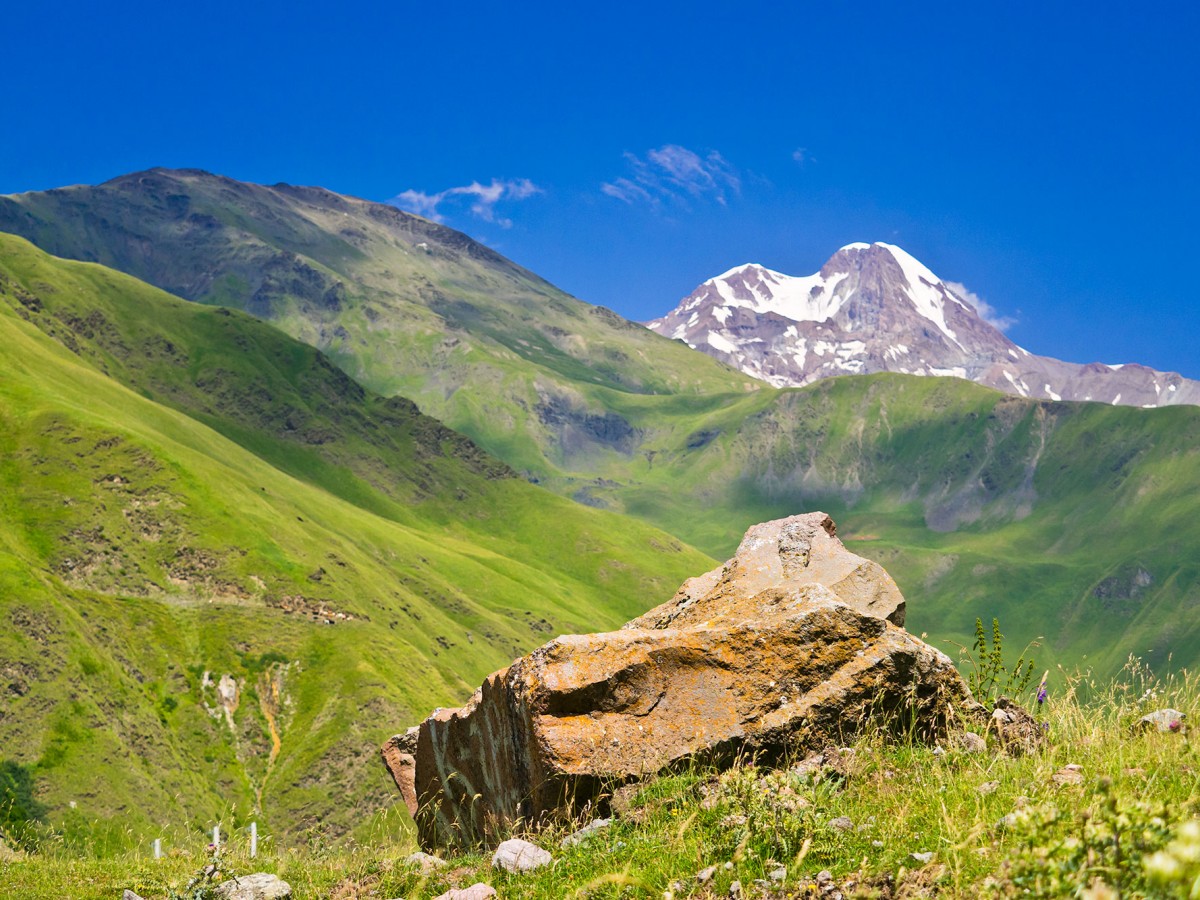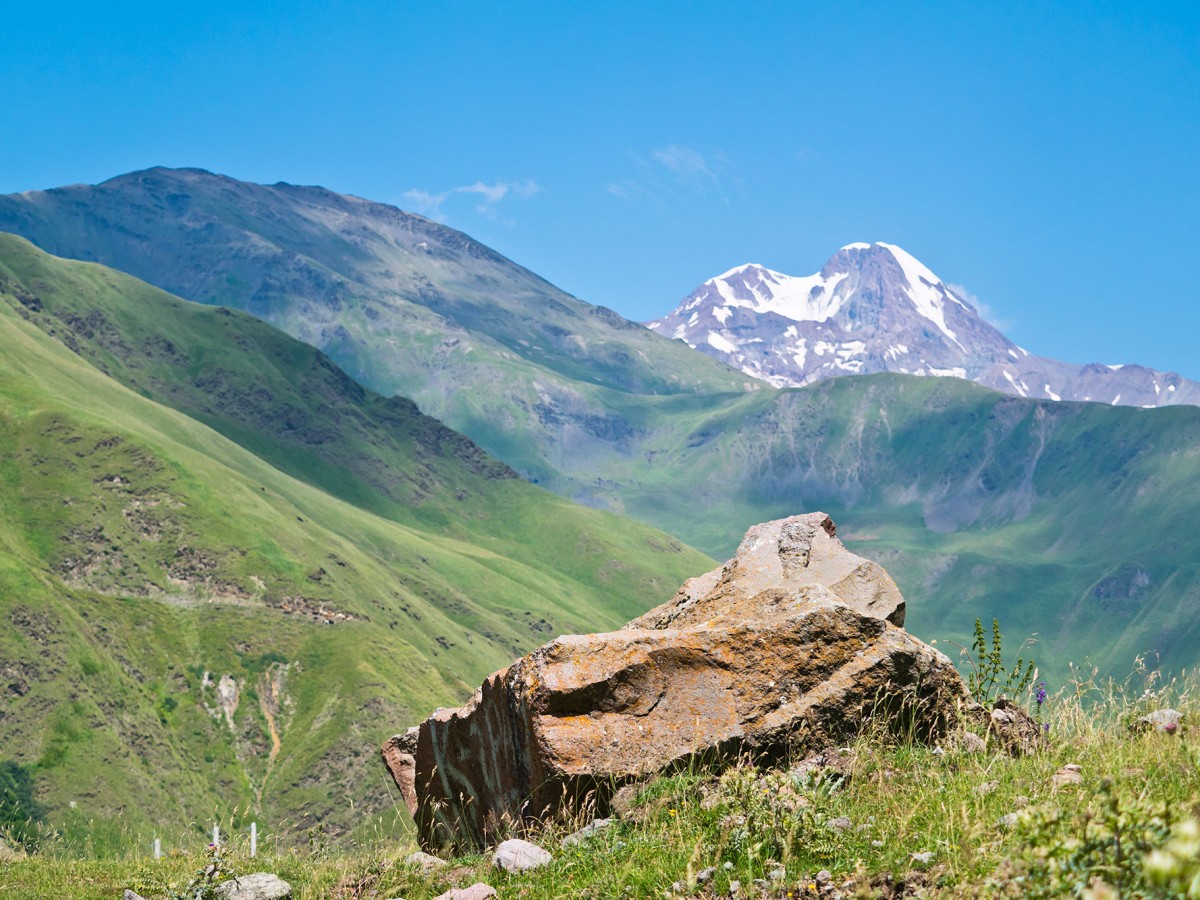How filters work
 After
After
 Before
Before
How filters work
PL
Polarizing filters are generally used in landscape photography, as they can both control polarized light – commonly known as "light reflection" and contrast. There are two types of polarizing filters: PL (Polarized Light) and C-PL (Circular Polarized Light), but C-PL filters are generally the most used.
 After
After
 Before
Before
How filters work
ND
The main feature of ND filters is their ability to give you control on the shutter speed.
ND filters come in wide range of values, from ND2 to ND100000, but can be generally summarized in 3 main categories: light, middle and heavy.
 After
After
 Before
Before
How filters work
STAR
By star-shaping light sparkling from light sources like holiday illuminations or water surfaces, star filters can confer your photos a more scenic and impressive effect. In the same way as for C-PL filters, star filters come in a two-filters rotating structure that, by rotating the filter’s frame, allows adjusting the angle of the light rays hitting the filter's surface.
 After
After
 Before
Before
How filters work
SOFT
Soft filters are often used in portraits or flower photography, as they can blur light and "soften" the atmosphere.
 After
After
 Before
Before
How filters work
CLOSE-UP
Also known as close-up lenses, close-up filters prove to be convenient filters to have at hand. By installing these filters on whatever lens you are using at the moment, you can easily but effectively shoot macro. Or, by installing them on your macro lens, you can further shorten the working distance and get closer to your shooting object, thus making it look bigger on the final image.
 After
After
 Before
Before
How filters work
IR
Originally developed to perform and enjoy infrared photography with black-and-white and color infrared films during the film era of photography, IR filters can also be effectively and enjoyably used in infrared photography with nowadays DSLR cameras that no longer use films.
 After
After
 Before
Before
How filters work
ASTRO
Originally developed to enhance red tints in color reversal film, red enhance filters have been largely used so far in landscape photography and portrait photography as well. In recent years red enhancer filters are also used to cut off unwanted light pollution.
#shotback
@anton_petrus
Torres del Paine National Park (Chile). Anton Petrus' http://anton-petrus.lj.ru made this shot using wideangle Tokina AT-X 17-35 F4 PRO FX lens http://bit.ly/tokina_1735 with neutral density filter. To stabilize the camera during long exposure Anton used a SLIK tripod http://bit.ly/sliktripods.
#shotback
KrubeK
[Camera]: Canon 5D mark II
[Filter]: HOYA PROND64 http://bit.ly/prond + HOYA HD CIR-PL http://bit.ly/hoya_pl
[Theme]: Seascape
[Comments]: We've named this photo - "What stones don't speak about when the sun is down?".
It was shooted at the Gulf of Finland using 2 filters - HOYA PROND64 to smooth the water and HOYA HD CIR-PL to remove reflections from the water at the foreground (to make it more clear) and to make wet stones more beautiful.
Shutter speed was 120 sec at 16mm, f/13 and ISO100.
[Filter]: HOYA PROND64 http://bit.ly/prond + HOYA HD CIR-PL http://bit.ly/hoya_pl
[Theme]: Seascape
[Comments]: We've named this photo - "What stones don't speak about when the sun is down?".
It was shooted at the Gulf of Finland using 2 filters - HOYA PROND64 to smooth the water and HOYA HD CIR-PL to remove reflections from the water at the foreground (to make it more clear) and to make wet stones more beautiful.
Shutter speed was 120 sec at 16mm, f/13 and ISO100.
#shotback
Andrew Leggett
Andrew Leggett http://bit.ly/a_leggett made this long exposure shot using wideangle Tokina AT-X 116 F2.8 PRO DX II (11-16mm) lens http://bit.ly/tokina116. ND1000 neutral density filter allowed to increase the exposure on 10 f-stops. To stabilize the camera during long exposure Andrew used a tripod.
#HOYA video channel
HOYA HD nano Mk II | Ultra-Hard Anti-scratch Coating Durability Test | Premium grade series
Exclusively developed ultra-hard anti-scratch nano coating is applied onto the HOYA HD nano Mk II's glass surface more firmly and tightly on the nano level than ever before. Due to this, the particles are layered on the glass surface with extremely high density that creates a hard to come off and easy to clean smooth coating.